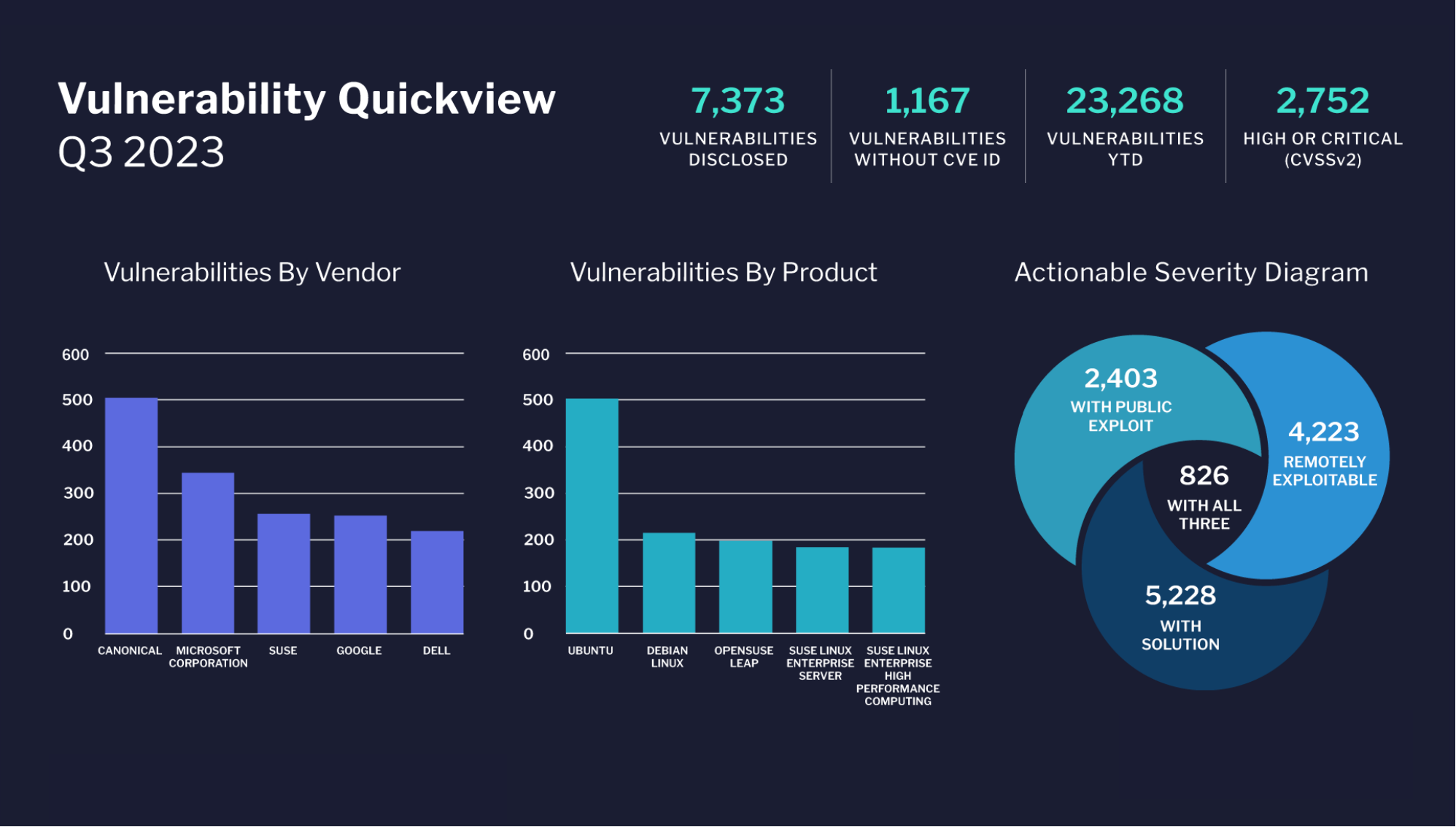Cloud Security Posture Management (CSPM) enables you to secure cloud data and resources. You can integrate CSPM into your development process, to ensure continuous visibility. CSPM is particularly beneficial for DevOps pipelines, which rely heavily on automation. With CSPM you can automate misconfiguration remediation, implement cloud compliance audits and benchmarks, and identify risks across your cloud infrastructure.
CSPM is a set of practices and solutions that you can use to ensure your cloud data and resources remain secure. It is an evolution of Cloud Infrastructure Security Posture Assessment (CISPA) that goes beyond a focus on basic monitoring and incorporates multiple levels of automation.
You can implement CSPM for risk identification and visualization, incident response, operational monitoring, compliance assessments, and DevOps integrations. Ideally, CSPM should help you continuously manage your risk in the cloud while facilitating governance, compliance, and security. It can also be particularly helpful for managing container-based or multi-cloud environments.
According to a study by Gartner, CSPM implementations can reduce cloud security incidents related to misconfigurations by up to 80%. CSPM solutions enable you to monitor dynamic cloud environments continuously and identify disagreements between your security posture and policies.
These tools enable you to reduce the possibility that your systems are breached and the amount of damage that attackers can cause if they succeed. CSPM solutions can also be integrated into development processes, enabling you to better build security into your applications and deployments.
The most common benefits that organizations gain with CSPM include:
In particular, CSPM implementations can help you identify some of the greatest risks to your environments, including:
When it comes to cloud security, three types of solutions seem to overlap—CSPM, cloud security access brokers (CASBs), and cloud workload protection platforms (CWPPs). Although all provide security support and have some overlapping capabilities, the focus of each is slightly different.
CASBs
CASBs were originally designed to provide visibility and control of software as a service (SaaS) applications, like Salesforce or Office 365. Recently, CASB providers have extended their services to platform as a service (PaaS) and infrastructure as a service (IaaS) deployments as well.
These solutions operate at the control plane and you can deploy them as on-premises software or appliances or as cloud services, integrated through API. They serve as intermediates between your cloud resources and your users and enable you to enforce security policies and controls. Some also include features for service discovery and can help you identify vulnerable applications or users.
CWPPs
CWPPs are security solutions that focus on increasing security for private, public, or hybrid clouds. These solutions are typically agent-based and include features for anti-malware, intrusion prevention, behavior monitoring, application controls, system integrity protection, and network segmentation.
The purpose of these platforms is to enable you to visualize and control your workloads. This control is regardless of whether they are serverless, containerized, virtual machine-based, and physical machine-based.
CSPM solutions should be considered by any organization operating in the cloud but some organizations, in particular, can benefit. These include:

When you are implementing CSPM, there are a few best practices you should incorporate. These practices can help you optimize automation benefits, prioritize your efforts, and ensure policy compliance.
Automate compliance with benchmarking
You should include CSPM solutions and practices that support automated benchmarking and auditing of your resources. Ideally, this functionality should incorporate service discovery features to enable you to benchmark components as soon as they are created.
Most cloud providers release benchmarks to help you evaluate your configurations. You should use these vendor specific guides in combination with universal and third-party benchmarks. For example, those released by CIS or regulatory bodies.
Prioritize your efforts according to risk
When addressing security issues and vulnerabilities, it can be tempting to tackle issues as you discover them. However, the order you uncover issues in often doesn’t match the amount of risk those issues present. Rather than spending time on minor issues while major issues go unnoticed you should prioritize your risk levels.
Focus your efforts on vulnerabilities that impact critical applications or workloads or those that can publicly expose data or assets. This prioritization should be applied to monitoring, detection, and vulnerability management. Once your higher priority risks are managed you can begin working on your lesser risks.
Enforce security checks in development pipelines
If you are developing software using DevOps pipelines, you should incorporate security checks into your workflows. The speed of environment creation and product release in these environments can rapidly overwhelm you with vulnerabilities if you aren’t careful.
Incorporating automated policy and vulnerability checks throughout your pipeline can help you ensure that misconfigurations are avoided before they reach production. It can also help you ensure that corrective measures can be easily incorporated in future releases if issues do make it through.
CSPM can help you gain continuous cloud infrastructure visibility, identify risks and automate misconfiguration remediation. You can leverage CSPM to ensure critical cloud workloads remain protected, across multiple platforms and cloud vendors. Unlike CASBs, which extend vendor controls, and CWPPs, which extend security features, CSPM technology focuses on remediating misconfiguration. Each of these solutions offer distinct advantages, which you can leverage to improve your overall security.
By Gilad David Maayan





